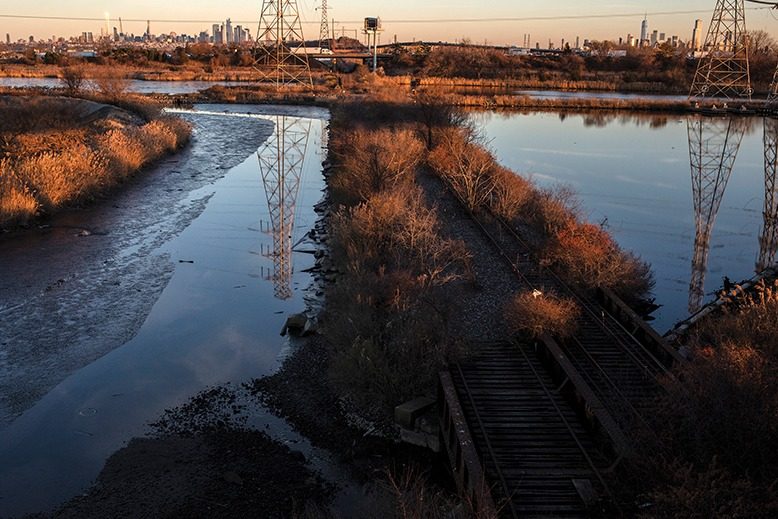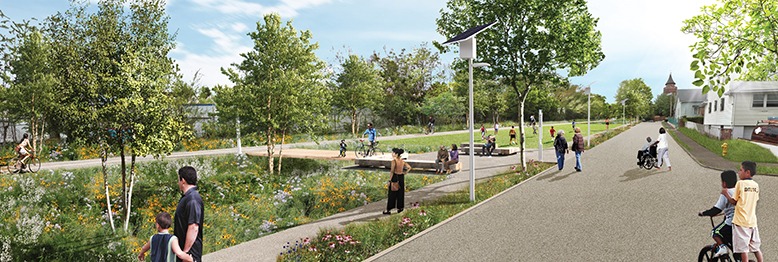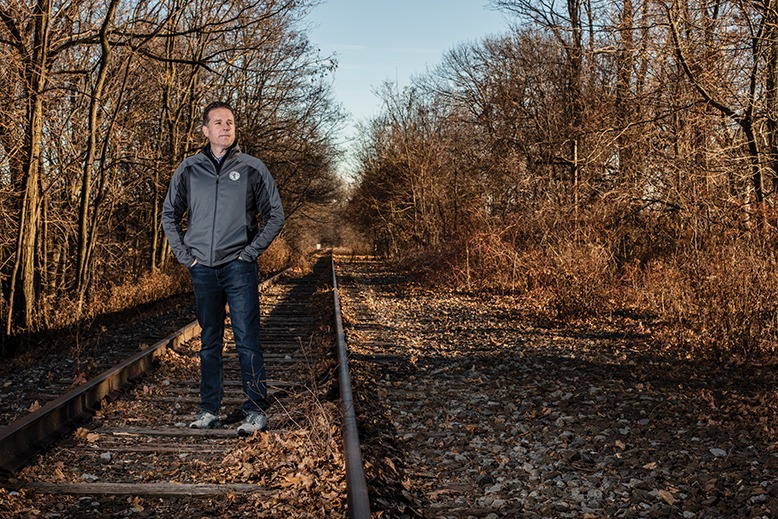
The purchase of the land to create the Essex-Hudson Greenway has been secured through state funding, but many questions are left lingering in New Jersey residents’ minds.
Nearly 9 miles of an unused rail line, stretching from Montclair to Jersey City, are set to be transformed in the coming years into the Greenway, a new state park. The train tracks will be removed and the park will feature a pedestrian and bike trail that will run for the entire distance of the former line—which proponents have said could be a game-changer for commuters and residents along the trail.
Here’s what we know so far.
Where will funding to build and clean the trail come from?
By some estimates, the project will cost $90 million in total. Essex County Commissioner Brendan Gill is hopeful that much of the money will come from the dollars that the state receives from the federal infrastructure bill, as well as Green Acres land acquisition funds. Some funding will come from NJ Transit. The rest will come from philanthropic funds as well as state and federal grants.
What is the vision for the park?
Gill and others say it will be similar to New York City’s High Line or the Cape Cod Rail Trail, a 25.5-mile paved trail in Massachusetts that offers a great variety of scenery and natural landscapes.

An artist rendering shows the future Greenway in Newark. Courtesy of Mathews Nielsen Landscape Architects/Open Space Institute
What is the timeline for completing the Greenway?
The timeline is still not finalized, but it will likely be completed in sections, as the land needs to be rehabilitated in places and the pathway must be built. “I would anticipate that, in a few years, certain parts of the trail will be opened,” says Gill. “Now it’s time for the professional planners and engineers to get in there.”
Who will take on the development and planning, and which state agency will run the project?
While the Open Space Institute will drive the initial acquisition of the land, the state’s Department of Environmental Protection is expected to be heavily involved in the development of the park, as is the governor’s office. In addition, the New Jersey Bike & Walk Coalition, the Open Space Institute, and the September 11th National Memorial Trail Alliance have been partners on this project and will continue to work together to advance it to the next phase.

Essex County Commissioner Brendan Gill stands on the former Boonton line tracks in Glen Ridge, which will become part of the Essex-Hudson Greenway. Photo by Bryan Anselm
How will communities along the Greenway give their input on the park?
Organizers are beginning to form working groups and gathering community groups together so that conversations with local communities can take place.
Where will the Greenway start and finish, and how will it be accessed?
The rail line starts near the Bay Street train station in Montclair and finishes in Jersey City. There will be multiple points available to access the trail for parking.
Learn more at essexhudsongreenway.com.



